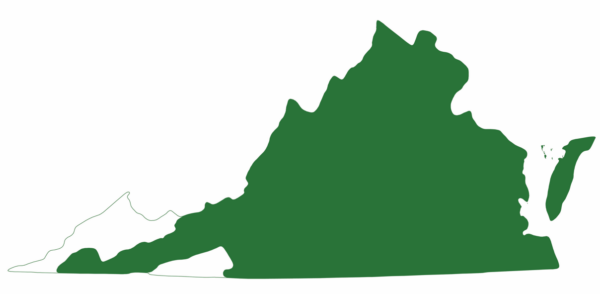PaintedTurtle1. Painted turtle. Photo by John White
PaintedTurtle2 Painted turtle. Photo by JD Kleopfer
paintedturtle4 Painted turtle. Photo by John White.
Fact File
Scientific Name: Chrysemys picta picta
Classification: Reptilia, Order Testudines, Family Emydidae
Size: Up to 7 inches in length
Identifying Characteristics
The painted turtle is the most common basking turtle observed in Virginia. This is a moderate-sized freshwater turtle that grows to a maximum carapace length of 7.2 inches. It has red markings on the marginal scutes and a notched upper jaw. The carapace is smooth, oval, and flattened, with the highest and widest points at the center. The back edge of the shell is not serrated. The carapace is olive to black with yellow or red borders along the seams and red bars or crescents on the marginals. Juveniles are patterned and colored as adults. The carapace is usually round for the first two years of life and elongation occurs thereafter. This species may be confused with other basking turtles when viewed from a distance. Pseudemys rubriventris and P. concinna lack the two yellow spots on the head, and are usually much larger, and have highly-domed shells compared to painted turtles. T. scripta scripta has distinct indentations along the posterior margin of the carapace and an elongated yellow bar on the side of the head. The introduced red-eared slider (T. s. elegans) has an elongated, reddish patch behind the eye.
Habitat
Painted turtles occur in almost every county and city, but are uncommon in the southwestern region of the state. They occupy almost any permanent and semi-permanent body of water including swamps, ponds, lakes, beaver ponds, slow-moving rivers and streams.
Distribution:
The painted turtle occurs in a variety of aquatic habitats that have permanent, slow-moving water. It inhabits ponds, lakes, ditches, swamps, rivers, creeks and marshes. Preferred habitat has aquatic vegetation, soft substrate, and basking sites.

Did you know?
The painted turtle is most active between March and October, but it may be seen basking on warm winter days. It hibernates under logs or stumps underwater, or in muskrat or beaver lodges. Females nest on land, usually around April, and the eggs incubate for about 75 days. Painted turtle hatchlings are able to overwinter and survive freezing temperatures as low as 27 Fº for up to two weeks.
Last updated: January 22, 2024
The Virginia Department of Wildlife Resources Species Profile Database serves as a repository of information for Virginia’s fish and wildlife species. The database is managed and curated by the Wildlife Information and Environmental Services (WIES) program. Species profile data, distribution information, and photography is generated by the Virginia Department of Wildlife Resources, State and Federal agencies, Collection Permittees, and other trusted partners. This product is not suitable for legal, engineering, or surveying use. The Virginia Department of Wildlife Resources does not accept responsibility for any missing data, inaccuracies, or other errors which may exist. In accordance with the terms of service for this product, you agree to this disclaimer.

